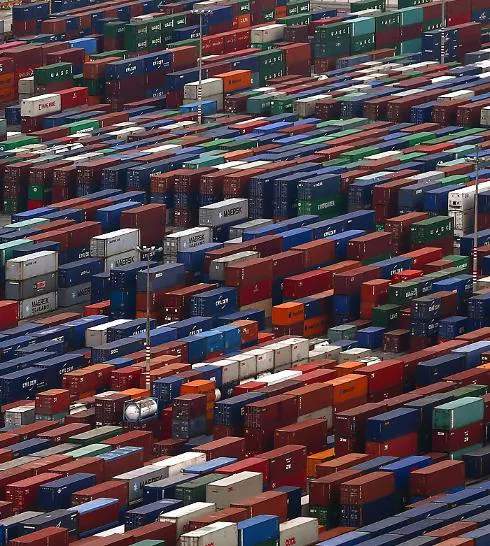

Sections
Highlight

DAVID VALERA
Friday, 19 January 2018, 13:30
Compartir
Ten years on from the start of the financial downturn Spain is showing many signs of a strong recovery.
However, to work out if the crisis is truly over, economic data coming in from the year just finished needs to be compared with that from 2007, just before the recession started.
Back in 2007, the Spanish economy grew 3.8% in the year and unemployment was at 8.6%.
The growth was driven by a real estate boom and the trade deficit was 100 billion euros.
Ten years ago there was a surplus in the public accounts and public sector debt was at a modest 36%.
Of course, personal and private debt levels were much higher. In 2008 it all started to go downhill.
Fast forward 10 years to 2017. Spain finished last year with growth of 3.1% and has grown at 3% for the last three years, meaning GDP is back at pre-crisis levels.
Analysts say that the economy is more balanced now, with a healthier swing towards increased exports.
The trade deficit has declined some 80% since 2007 and tourism has taken over from construction as the main growth driver; in the last decade annual international visitor numbers have increased by 39%.
But not all indicators are as positive as a decade ago.
Unemployment is at 16.4%, almost double where it was, and those in work have seen salaries decline by 7.2% in real terms.
The big challenge for the economy now, say experts, is to ensure the creation of more skilled and higher-paying jobs.
And also to ensure that Spain doesn't become over-reliant on the tourism surge.
Publicidad
Publicidad
Publicidad
Publicidad
Reporta un error en esta noticia
Necesitas ser suscriptor para poder votar.